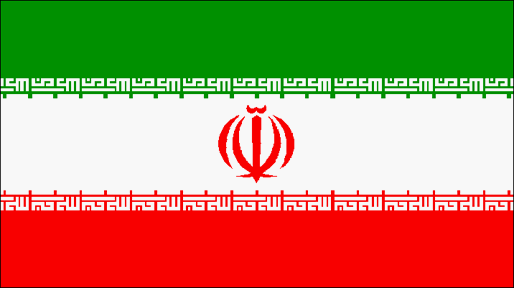



Bandar Abbas
N27�11' E56�16'
Bandar Abbas is the site of a Chinese-built cruise missile production facility for the manufacture and upgrade of Silkworm (CSS-N-2) cruise missiles. There is also reportedly a land-based Silkworm missile launch site at Bandar Abbas.
By the summer of 1987 Iran began flying aerial combat exercises near the Strait of Hormuz, using half a dozen F-4 fighters to practice intercepting other planes. Iran may have moved several of its few remaining F-14 fighters to the strait. All these planes were operating from the airfield at Bandar Abbas. Iran also built additional sites for Chinese-made Silkworm anti-ship missiles, possibly to be able to move the missiles from site to site, to confound an adversary's attack planning.
In July 1988 the US cruiser Vincennes, fighting Iranian gunboats in the Persian Gulf, mistook an Iranian civilian A300 Airbus jetliner for an attacking Iranian F14 fighter plane and shot it down with a missile, killing all 290 persons aboard. The incident occurred over the Strait of Hormuz, after Iran Air Flight 655 had departed from the coastal city of Bandar Abbas on a 140-mile flight to Dubai in the United Arab Emirates.
On 10 May 1997 General Binford Peay, head of the U.S. Central Command, warns that U.S. forces will respond if Iran tries to make good on a threat to close the Persian Gulf's Strait of Hormuz if it felt threatened by the United States. Iran issued the threat earlier in May, following reports that U.S. officials were considering missile strikes against Iran if it was found responsible for a truck bombing that killed 19 American servicemen in Saudi Arabia in 1996.
On 26 July 1997 Iran's President Hashemi Rafsanjani formally inaugurated the 232,000-barrel-per-day Bandar Abbas refinery -- the country's eighth oil refinery. The facility, runs Iranian Heavy crude oil, had partially started up and was scheduled to be fully operational in March 1998. Iran hoped to become self�sufficient in gasoline, kerosene, jet fuel, and diesel, and to begin exporting petroleum products at that time. Domestic petroleum demand averages about 1.1 million barrels per day. The country's refining capacity (excluding Bandar Abbas) totals about 1.2 million barrels per day. Originally budgeted at $1.6 billion at the commencement of construction in 1990, it is now estimated that Iran has spent $3.3 billion on the refinery. Bandar Abbas is being supplied mainly with heavy crude from Kharg Island and with smaller amounts of condensate from the nearby Sarkhoon field.
As of 11 April 2000 Russian 2-meter resolution KVR-1000 imagery coverage was not available via the SPIN-2 service on TerraServer. Three archived Space Imaging IKONOS 1-meter imagery of this area were available on the CARTERRA� Archive.


Sources and Resources
http://www.fas.org/nuke/guide/iran/facility/bandar_abbas.htm
Maintained by Webmaster
Updated Wednesday, April 12, 2000 12:36:54 PM








